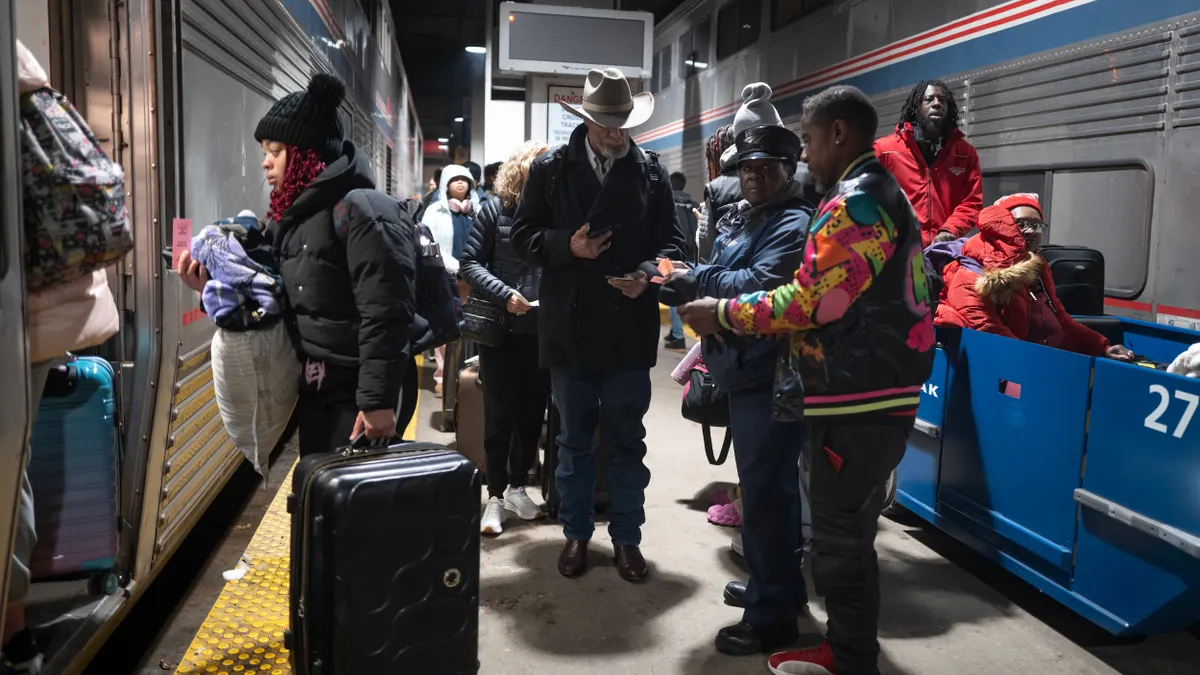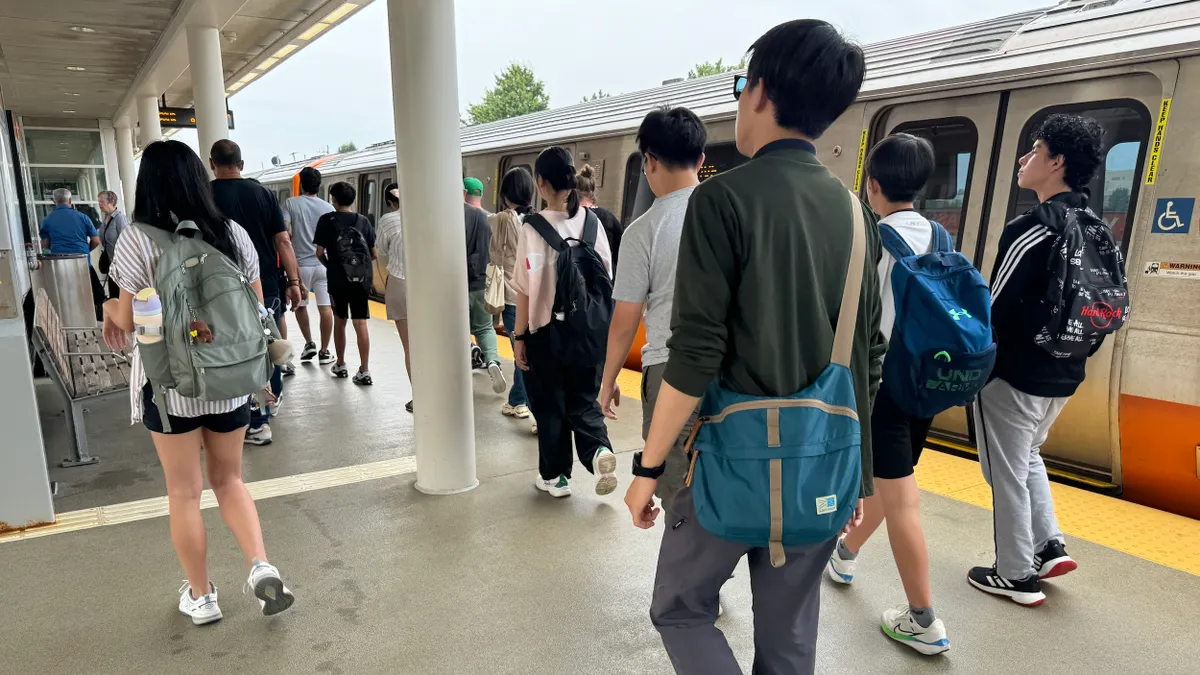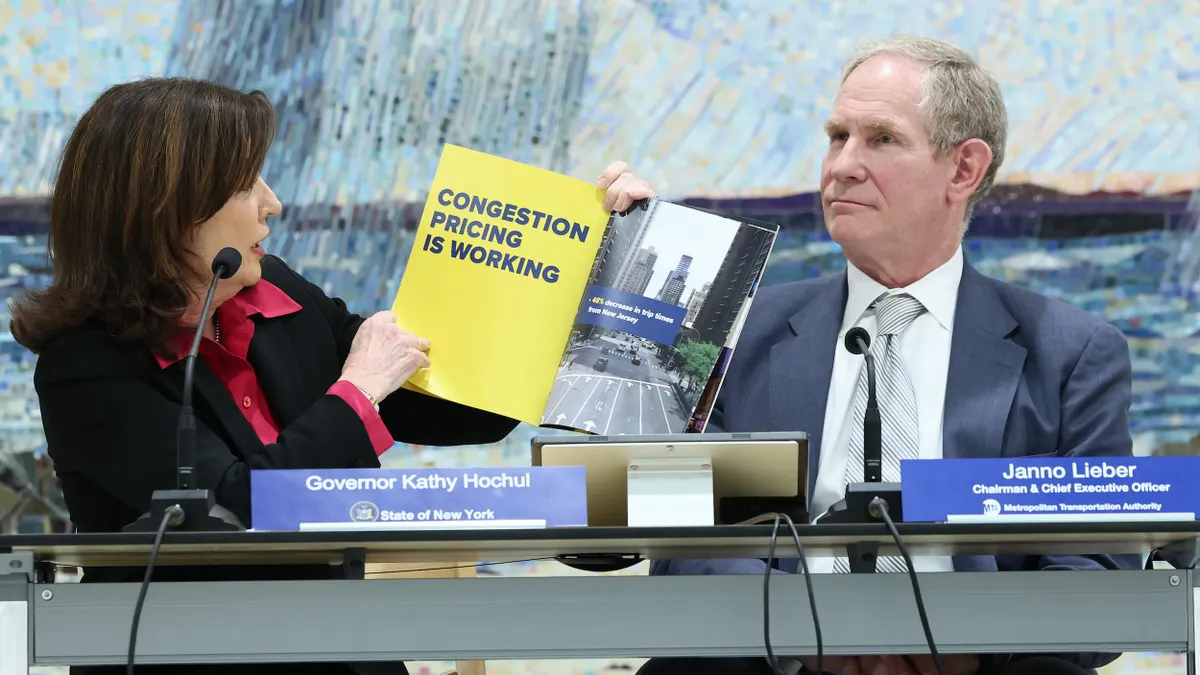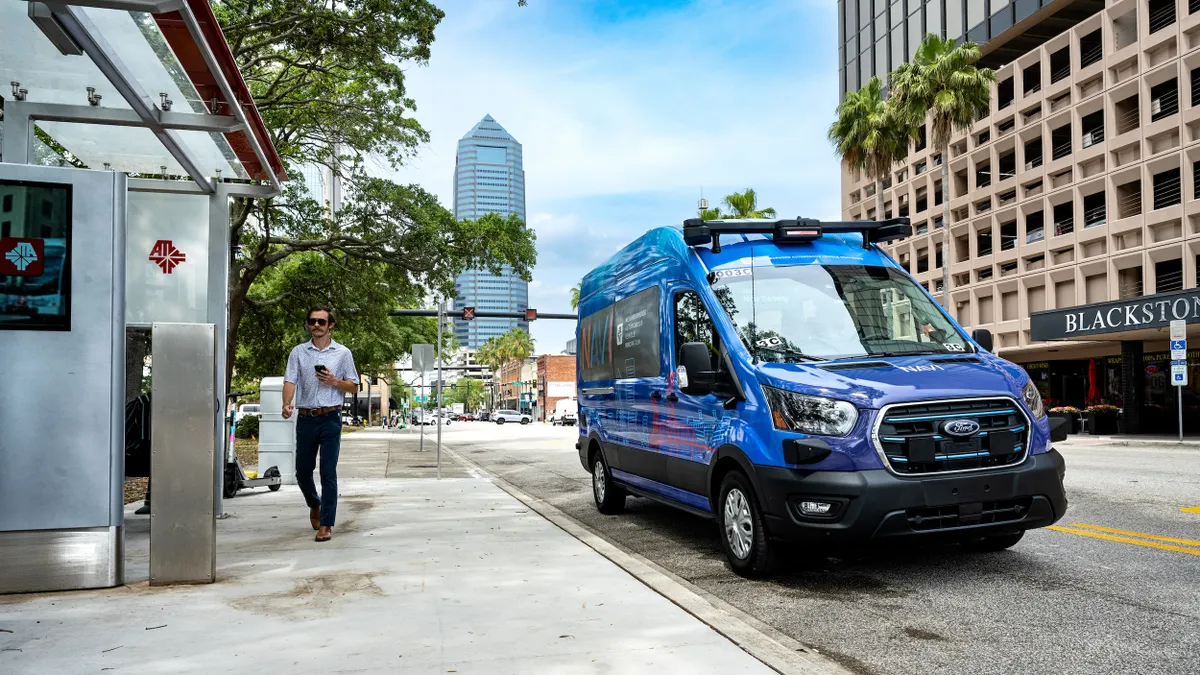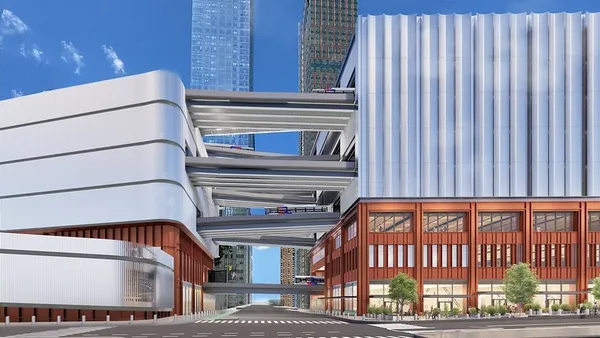Editor's Note: The following is a guest post from Dale Neef, a member of the American Planning Association's Smart Cities Task Force and the author of "Digital Exhaust: What Everyone Should Know About Big Data, Digitization and Digitally Driven Innovation."
Smart cities, self-driving cars and shared mobility: All coming soon to a large city near you.
But what about the nation’s small towns and rural communities? Will they be a part of the self-driving revolution, or are they destined — as they have been with high-speed Internet — to be left behind in a growing two-tier, digitally divided, America?
It’s a question worth asking of policy makers, because even if lawmakers have been hesitant to fund high-speed broadband in rural areas for the last two decades, the coming self-driving revolution means they need to rethink that policy now.
High-speed broadband and rural America
Today about 46 million Americans live in non-metropolitan counties, and about one in five households are listed as rural (about 60 million people). Of those, nearly 40% still don’t have access to even the low-bar minimum broadband speed of 25/4 Mbps (25 Mbps download; 4 Mbps upload) set by the Federal Communications Commission (FCC).
This means that even while cities and regional enterprise zones are flourishing in the gig economy, vast rural stretches of the country are still languishing with copper wire and turn-of-the-century-level broadband access. Even when available, rural subscribers pay more than double the average price for equivalent broadband as their urban counterparts.
This has only exacerbated the growing disparity — in skills, education and economic success — between smart, connected cities and rust-belt and rural America. With their integral links to university and research centers, medical hubs and regional innovation districts, connected cities are benefiting from a virtuous circle of investment and innovation. At the same time, many rural communities find themselves struggling economically, with lower incomes, higher unemployment, greater population loss, an aging population and less healthy lives.
With high-speed broadband so instrumental to economic success in the digital age, and with small town and rural America in desperate need of economic revitalization, why is this still the case?
There are many reasons. The most obvious is that it’s a lot more profitable for large cable and telecoms providers to bring fiber optic cable to 3,000 subscribers in an urban square mile than it is to trench cable for 10 subscribers in an equivalent rural setting.
There is also the complex relationship between federal, state and local authorities, and the continuing ideological differences in Washington over the role of private providers versus federal funding. Today, 20 states still either restrict or ban outright local governments from setting up their own broadband networks in competition with the private sector.
In desperation, many people — particularly the young — have simply pulled up stakes and left. Since 2010 more than half a million people have migrated from rural to urban settings, and in places like North Carolina, more than 40% of the state’s municipalities lost population, as children from rural families migrated to the more prosperous cities of the golden triangle.
Similarly, in Virginia, 78 of the state’s 133 counties and municipal entities with higher levels of digital connectivity have seen a population increase of up to 15% even while 62 municipalities, mostly in the rural southern areas of the state, have lost around 10% of their population.
All of this means that over the past two decades, large cities, suburbs and regional enterprise zones in America have prospered and grown by leveraging the benefits of a gigabyte-level broadband infrastructure, even as small-town and rural America has seen stasis and decline. It truly is the age of the city, but the effect of this geographic, digital and economic divide can be seen in the ever-growing polarity of incomes, and the social and political divisions within the country.
We should laud the success of our cities, but if ever there was an example of the wealthy and cosmopolitan elites getting preference over the forgotten flyover areas of the country, this is it.
And now comes the autonomous vehicle economy
But unless things change dramatically, this polarization is not at its zenith; it’s just beginning. The next step in this digital and economic evolution is the coming autonomous vehicle (AV) economy, where in the coming decades the combination of sharing, electrification and autonomous driving technologies will be genuinely transformational, affecting all aspects of the economy from transportation to real estate prices, taxation, education and future employment.
For cities, the business case and transformation path for the AV economy is easy enough to see. Driving and parking is expensive and difficult. Commuting from the suburbs is time-consuming and often dangerous. High density urban areas have a growing number of young and elderly happy to ride share and forgo having cars altogether.
Supported by powerful and reliable gigabyte-level broadband services and a plethora of high-quality fixed wireless and mobile phone providers, cities are scrambling to embrace the AV movement, with more than 50 metropolitan areas already hosting AV pilot programs.
The business and use case for small town and rural communities is obviously different, but in many ways stronger. After all, one major advantage of autonomous vehicles is that they are safer.
Rural drivers struggle with high speeds, longer distances and poorer roads and signage — with a crash fatality rate nearly three times as high as that in cities. And as rural populations continue to age, many of the critical services – shopping, visiting the doctor, or simply getting out of the house to visit friends and family — can all be enhanced with shared use and self-driving vehicles.
Possibly the most important benefit of AV technologies in rural areas is that they maintain a connection — an economic lifeline — through extended corridors of AV service to large cities and enterprise zones and transportation hubs. And it works both ways. Consumers will want their autonomous cars to travel beyond the city borders, and the idea of AVs being limited exclusively to our cities and suburbs only increases the urban vs. rural economic and political divide.
In short, smart towns are just as important as smart cities, and the transitional nature of the AV economy could go a long way to including “flyover” America in the growing economic prosperity of our booming cities and enterprise zones.
Only connect
The problem rural areas must contend with is that the AV economy is dependent upon digital connectivity. AVs require a high-speed and uninterrupted communications interface with wireless roadside sensors, cameras, and actuators embedded in roads and roadside infrastructure, and the ability to communicate with smart devices carried by cyclists and pedestrians. Cars must be able to sense, record, and relay information in real time to data centers. Shared and autonomous ride-hailing must be dependable, safe and immediate.
All of that digital communication is dependent upon access to high-speed optic fiber cable, and coming soon, an ultrafast 5G wireless network. Right now, most small town and rural areas simply don’t have the broadband connectivity to actively participate in and grow with a burgeoning AV economy.
So what do we need to do to in order to prepare our small town and rural areas for this transition to the AV economy? There are several things Congress and the Trump administration should consider.
First, significantly increase federal funding for rural high-speed broadband, matched with a program to encourage small town co-ops and utilities to combine high-speed optical fiber deployment with provision of charging stations tied to the electrical grid.
Historically low interest rates and low-cost borrowing, coupled with full employment and a booming economy in cities, means that this is a critical opportunity to resurrect our rural communities. Requirements can be made for “open access” models of fiber deployment, ensuring healthy and fair competition among providers.
Small town co-ops have been the mainstay providers of telephone and electrification for generations and can provide an important and unique combination of electrification and connectivity in rural areas. Legal and economic paths should be cleared for them to do this.
Second, encourage regional enterprise corridors and extended economic zones. The combination of direct federal funding and public-private partnerships (P3s) should be leveraged to encourage high-speed fiber networks that tie together, at a minimum, anchor institutions such as hospitals, schools and libraries. There is a proven economic advantage to providing the connectivity infrastructure that allows enterprise zones, colleges and medical institutions to collaborate in small-town economic development.
Healthcare providers, universities and AVs are also natural bedfellows; when combined they can service an aging population, attract new business, and provide an incentive for students and younger workers to remain local. There are good examples — from Columbus to Pittsburgh — which demonstrate how the combination of regional broadband deployment, connected enterprise zones and electrification also underpin the shared and autonomous vehicle economy.
Finally, in keeping with the drive for regionalism, the government should adequately fund and expand the remit of federal programs specifically focused on rural regional regeneration such as the Appalachian Regional Commission, the Delta Regional Authority and the Northern Border Regional Commission. These independent agencies are facing severe budget reductions or even elimination just at the time when they are most needed, with the view to replacing regional aid provided by the federal government with funding from individual states and private investors.
But the states which receive assistance from these types of federal economic development programs tend to be the poorest and most needy of cash injections, and as we have seen with rural broadband, private investment is going to chase the highest returns first; and those high returns are primarily in cities.
It’s in no one’s interest to have economic vitality — or AVs — starting and stopping at city or state lines. If regionalism and the extension of large-city prosperity is the key to revitalizing our suburbs and small towns, these types of multi-state organizations are vital to help fund and encourage high-speed fiber connectivity, electrification and investment in the needed AV infrastructure.
The transition to a shared, electric, self-driving economy offers enormous opportunities to promote rural economic development, increase demand for AV infrastructure investment and products, and to avoid a two-tier economy. We missed the boat the first time around with rural broadband implementation. We should ensure that we don’t make the same mistake again.







